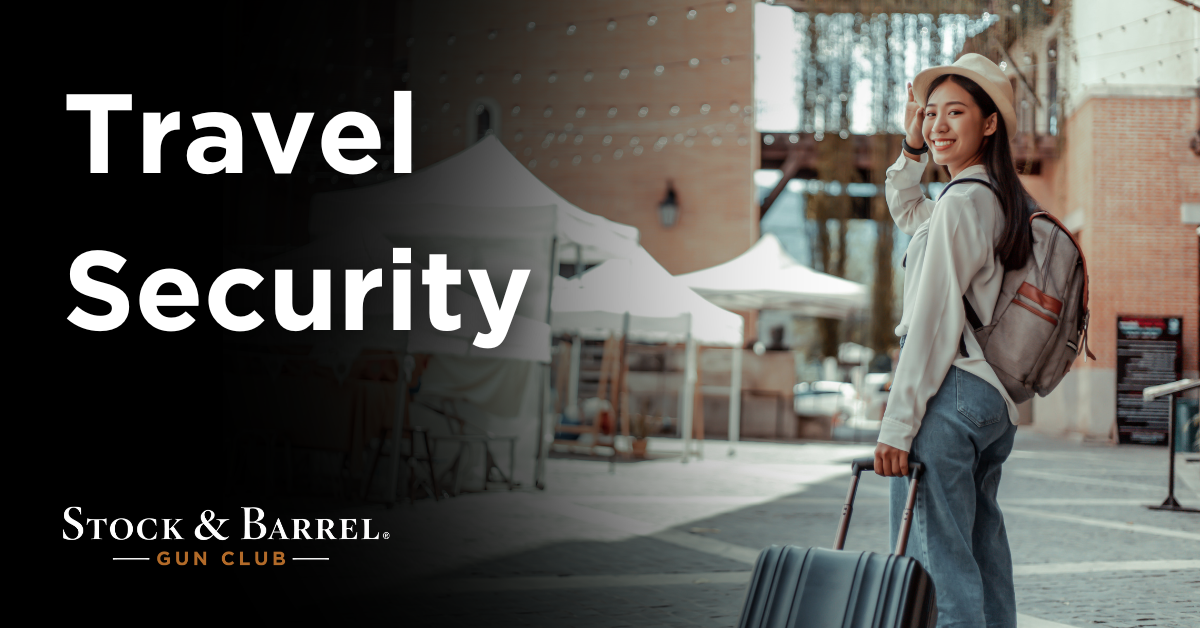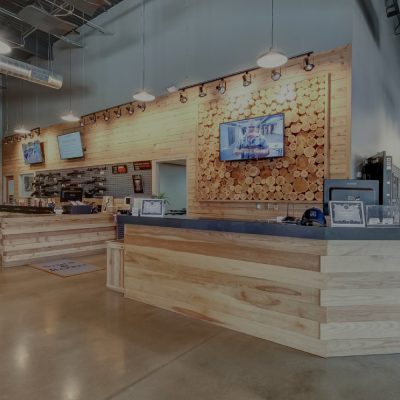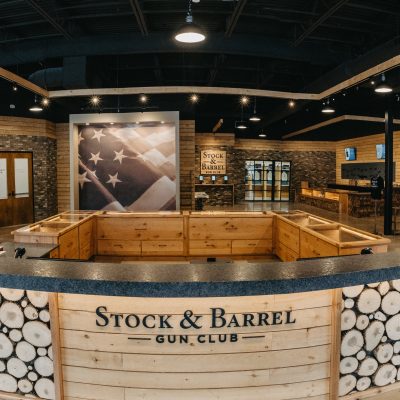We previously discussed how to travel with firearms for personal protection on the road. But there are a number of reasons why you may not be able to travel with a firearm at all. Whether this is because of your required routes/stops in prohibitive areas, business travel which prevents the carry of firearms, or you’re simply not completely comfortable with the idea of driving around the country with a gun, there are plenty of other things you can carry to bolster your personal safety. What you pack for a given trip will ultimately depend on what you assess as your safety and preparedness needs, but for ease of discussion these things can be broken down into three categories: Technology, Tools, and Emergencies
TECHNOLOGY
If you ever remember a math teacher telling you that “you won’t be able to walk around with a calculator in your pocket all the time” you understand the near-seamless integration of technology into your daily life. While it’s easy to say that “you won’t always have batteries” or “won’t always have cell service” the bottom line is that you will have these things most of the time – or, at least, you can with a little bit of advance planning. The number one piece of technology we all use on a daily basis is our smartphones. What is less-often discussed is the immense power of those phones to help keep you safe away from home. For most people, a charged up cell phone will fix a lot of problems before they even become problems. The key is making sure your phone has the tools it needs to be a tool for you. When factoring your phone into your security plan, you do need to make sure you can keep it charged and usable. A $10 charging cable from your local gas station will keep your phone alive for as long as your car can run. But if you wind up in a situation where your car dies, runs out of gas, or you need to walk away from it, portable power banks will close the gaps. Most modern power banks are not much larger than your phone itself, available on Amazon for less than $50, and can keep your phone powered up for days at a time.
Once you’ve got a plan in place for keeping your phone alive in an emergency, you need to look at what your phone can do for you. Calling 911 or notifying friends or family members of an emergency is probably the first thing you think of. In addition to calls and text messages, there are a number of messaging apps like Signal or WhatsApp, that allow you to send messages via WiFi instead of relying on having cell service. So even if your car is stranded on the side of the road where there’s no cell service, if you can walk to a café, convenience store, or truck-stop gas station, you may be able to access a WiFi network to get a message out.
Beyond that, there a number of dedicated apps available to notify you of dangers while you’re traveling. Most navigation apps like Google Maps or Waze have built-in features to notify you of accidents and road closures. But there are also apps like Citizen, which is a crime-reporting app that can notify you of criminal risks and trends in your area, and sometimes even provide real-time updates on crimes as they are reported. Police radio scanner apps also allow you, in some jurisdictions, to listen into police radio bands in real time which can provide valuable insight into large events, crimes, and emergencies that are in-progress as you travel. If you subscribe to a roadside service like AAA, make sure you have their app or contact information loaded in your phone for quick access for a dead battery or flat tire on the side of the highway.
TOOLS
It’s also important to have tools to fix the problems you’re able to resolve yourself. A jack, jumper cables, and small hand tools are never a bad idea to keep on hand. The good news is that even most rental cars will have some kind of kit in the trunk with these items. Always double-check to be sure, and don’t hesitate to pack a couple of additional tools like wrenches or screwdrivers, depending on your level of handiness and automotive savvy. A heavy-duty knife and/or small hatchet can be put to use in a number of situations while still fitting in the bottom of a backpack or suitcase.
Since most unanticipated events happen at the most inopportune time, there is at least a 50% chance it’ll happen to you in the dark. Have a flashlight. Even though most cell phones now come with a small built-in LED light for administrative tasks, they are no replacement for a large, high-power light that can illuminate the entire engine compartment or trunk of a vehicle, or even light-up roadside signs to help determine your location when you call for help.
If all else fails and you’re stranded with no phone or data service, have alternate ways to signal passers-by that you’re in need of help. Flares, glow sticks, smoke signals, and reflective triangles are all highly-portable options for letting people know you need a little help. These can fit into a large suitcase or be kept in the trunk of your personal vehicle on a permanent basis for just such an occasion. (This is another good reason to have a large flashlight, as a blinking or waving light will often get the attention of passing drivers if you have no other way to signal.)
EMERGENCIES
A good rule of thumb with tools, is to pack what you think you’ll need to survive overnight without assistance. Food and water should also be a mandatory packing item on every road trip. No need to buy special-purpose survival foods. Just keep a small grocery bag with some snacks, meal bars, instant soups, and some drinks. Even if you’re not stuck overnight, waiting several hours for a tow-truck can be much easier to stomach (pun intended) with a candy bar and a bottle of water. It’s also handy to have some heavy clothing or spare blankets. Blankets will keep you warm in cold weather, and keep the sun off you in the middle of summer. Whether you’re unexpectedly camping in your car overnight, or simply sitting around waiting for help to arrive, the likelihood of being colder or warmer than you’d like is high.
Finally, a medical kit should also be mandatory packing for any car ride farther than the grocery store. What you put in it will depend on your level of medical training but, at a minimum, a box of band-aids and a bottle of pain reliever should be stowed somewhere in your bags or glove box. If you have any kind of higher medical knowledge, trauma medical items like tourniquets, clotting agent, CPR face shields and more could quickly be added to your travel kit. These items in particular are useful not only for yourself and your travel companions, but possibly to render aid to others you come upon in your travels who may be in need of help themselves.
OTHER BLOGS YOU WILL FIND OF INTEREST:
- What To Know When Traveling With Firearms
- Self-Defense And Other Non-Lethal Options
- Fast Hacks For Situational Awareness
CLASSES YOU MAY BE INTERESTED IN:
- Less Than Lethal Defense in Chanhassen and Eagan
- Judgment Training in Chanhassen and Eagan
- Travel Safety & Security in Chanhassen and Eagan





